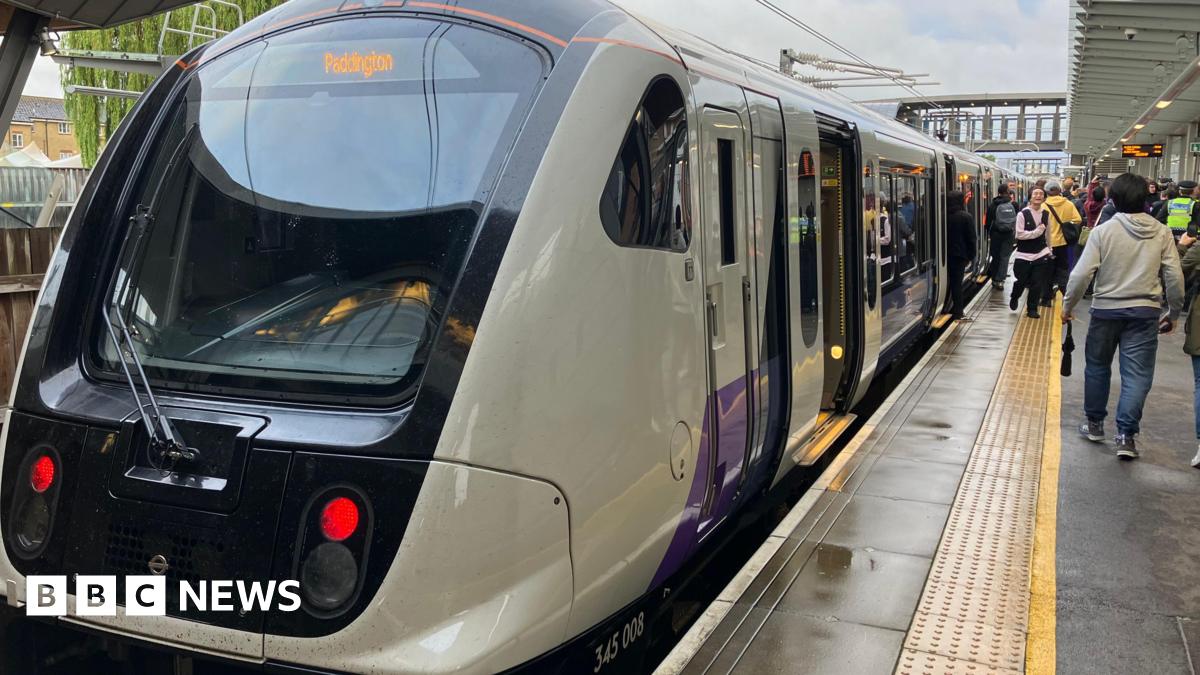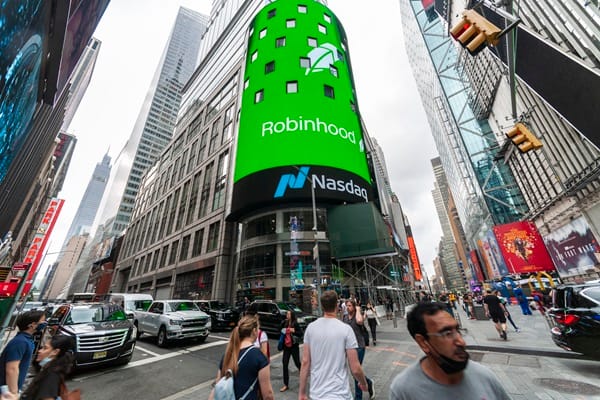Infra
Space Odyssey: Elizabeth Line Wins Stirling Prize for Architecture

The latest addition to London’s transport network, the Elizabeth Line, has won the Stirling Prize for the UK’s best architectural project. This year, in an apparent deviation from tradition, the Royal Institute of British Architects decided not to present the honour to one building but to the entire 62-mile-long network with its ten striking new stations.
Described as “a flawless, efficient, beautifully choreographed solution,” the Elizabeth Line is the largest expansion to London’s underground railway network for over a century. The judges cited the line’s “slick suite of architectural components” and its ability to make commuting —often a harrowing, disorienting experience —much smoother. “An effortless experience,” the judges called it.
But that is not how all Londoners view the line. The link, which opened in 2022 and carries more than 700,000 passengers every weekday, has had its critics. Some commuters have complained of overcrowding and delays, while others have raised safety concerns. Three passengers told BBC London they were injured at Ealing Broadway station because the gap between the train and the platform was too broad.
The Elizabeth Line beat a shortlist of powerful contenders, including Chowdhury Walk in London, the King’s Cross Masterplan, a redeveloped National Portrait Gallery, phase two of Sheffield’s Park Hill, and Wraxall Yard in Dorset. But against fierce competition, the Elizabeth Line’s scope and ambition stole the show.
RIBA President Muyiwa Oki hailed the Elizabeth Line as “a triumph.” He said it was an outstanding example of architect-led collaboration, where cutting-edge design combined with infrastructure to proffer a “flawless, efficient, beautifully choreographed” solution for London’s transport needs. He described the stations as “an uncluttered canvas” that creates a coherent identity along the line.
Originally called Crossrail, the project runs east-west under central London from stations at Paddington, Bond Street, Tottenham Court Road, Liverpool Street, and Canary Wharf. The design team—an assemblage of Grimshaw, Maynard, Equation, and AtkinsRéalis-had- had the massive task of creating functional spaces and visually impressive environments that thousands of people pass through daily.
Neal McClements, partner at Grimshaw, described the Elizabeth Line as “transformative.” He later told of how this project innovated London’s transport infrastructure and improved day-to-day life for many commuters. “It’s a perfect example of how design elevates the every day,” McClements said.
The Stirling Prize comes when the Elizabeth Line remains under close public scrutiny. Last year, Mayor Sadiq Khan acknowledged that the line was still not consistently meeting the high standards Londoners expect. Its architectural success, though, has been undeniable: it has nailed the concept as a bold new standard for civic infrastructure.
The Elizabeth Line joins an illustrious list of previous Stirling Prize winners, including Hastings Pier, the award-winning Goldsmith Street Council housing project in Norwich and The New Library at Magdalene College, Cambridge. An ambitious transport project like this one’s winning such an award shows that appreciation for how architecture can contribute to public infrastructure design is growing. Architecture informs space and how people move through and experience the city.
Neill McClements, Partner at Grimshaw, on behalf of the line-wide design team, which includes Grimshaw, Atkins Realis, Equation, and Maynard, said: “The Elizabeth Line is a piece of infrastructure that has been transformative, not only for London’s transport network but also for many people’s lives, highlighting the role design plays in elevating our everyday lives.
It also recognises our profession’s challenges today – our responsibility to rapidly respond to the climate emergency, decarbonise our cities, and prioritise social and economic equity. We know this is only achievable through collaboration, and the Stirling Prize recognises all of the design and construction teams that have come together to make the project successful.”
Top Photo: The Elizabeth Line © Hufton + Crow










